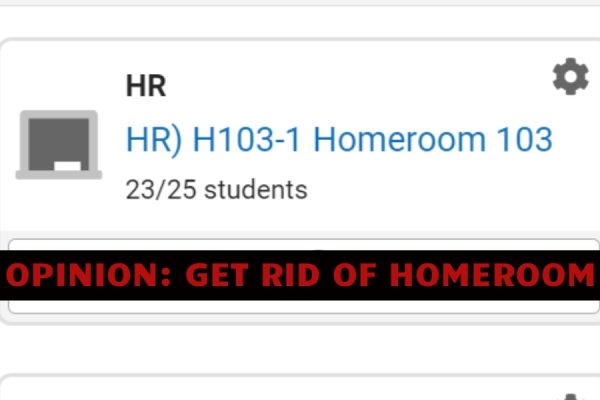OPINION: Red flags must be taken more seriously to prevent school shootings
Schools need to heed warnings before school shootings happen.
On the morning of Tuesday, November 30, fifteen-year-old Ethan Crumbley was caught drawing horrifying images on his desk. These illustrations showed what looked to be a shooting, with the words “blood everywhere” and “thoughts won’t stop, help me” beside a bullet and a handgun. The sophomore was pulled out of class to have a meeting with his parents and school counselors where they felt that these obvious red flags were not important enough to warrant discipline or immediate help.
Shortly after, Crumbley went to the bathroom and pulled a pistol out of his backpack and proceeded to kill four students while simultaneously destroying a community.
This tragic story is yet another warning on why school districts around the country need to take action to prevent school shootings as soon as the threat arises. The Bellwood-Antis School District’s recent response to a threatening social media challenge is a good start, but there is still more work to be done to prevent these deadly acts of violence.
Schools often use resources to educate students and teachers on how they should react during an active shooter situation, but they do not do enough to prevent these events from occurring in the first place. Providing mental health services in conjunction with giving students a way to report individuals who they feel are at risk of harming themselves or others would drastically improve school safety, as well as morale.
In order to understand how school shootings can be prevented, red flags must be easily identifiable by school districts and students alike. A study conducted by the U.S. Dept. of Homeland Security found that by “knowing the signs” of gun violence, it can be prevented and reverse the trend. The recent shooting at Oxford High School highlights the importance of understanding these alarming signs.
One day before Ethan Crumbley opened fire on his classmates, a teacher caught the student searching for ammunition on his phone. Although the teacher reported the incident to school officials, only a weak effort was made to reach out to Crumbley’s parents. Looking at trends of previous shootings show that the shooter raising red flags has occurred in almost every single mass casualty incident. In almost 80% of school shootings, another person knew of the attacker’s plan and did not report it. The fact that students do not feel comfortable reporting their peers or that they do not have the resources to do so should alarm all school districts across America.
Another way to prevent shootings that is often overlooked is providing students access to mental health services. Individuals who commit school shootings usually struggle with depression or some other form of mental illness, and by proactively giving students an outlet for help could be a big step in the right direction for school districts. Administrators showing transparency would create an environment of trust within the school which would help build the relationship between the school’s leaders and its students, which is often lacking.
Despite the tragic cases where warning signs may be ignored, there are many instances of school administrators taking the right steps in order to protect their students. The recent TikTok trend made threats toward school safety, specifically on Friday, December 17. This trend was brought to the attention of schools around the nation and has prompted increased security or even closures. Reactions such as these are a perfect example of how schools can prevent active shooter situations.
School shootings are an unfortunate reality of today’s society, but they are not impossible to prevent. Through the action of studying what went wrong in previous shootings as well as implementing mental health services for students, school districts can improve school safety and morale. America has to do a better job of protecting its students.
Safe2Say Something: https://www.safe2saypa.org/












